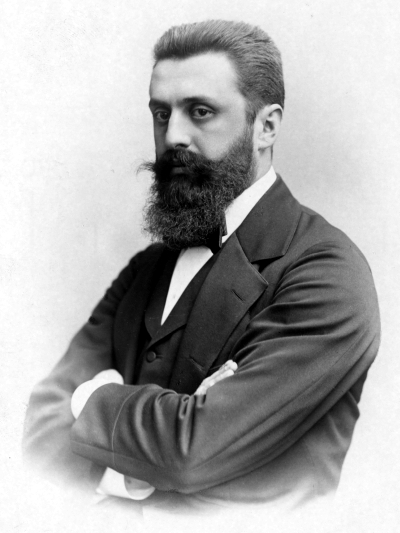Unveiling the Burning Bush: Moses’ Encounter with Yahweh and Its Profound Implications
In this article, we explore one of the most pivotal moments in the history of the Israelites: Moses’ encounter with Yahweh in the form of the Burning Bush on Mount Horeb (Sinai). This event, detailed in the Book of Exodus (Chapter 3 of the Torah), is not only a turning point in Moses’ life and mission but also carries profound mystical, historical, and eschatological meanings. We begin by addressing the truth of Yahweh and His Ten Commandments, then analyze the signs of this event for future generations, and finally delve into the mystical and eschatological interpretations of the Burning Bush.
The Story of the Burning Bush: A Divine Moment in History
In the land of Midian, Moses, having fled Egypt and taken up a shepherd’s life, was tending the flocks of his father-in-law Jethro on the slopes of Mount Horeb. Amid the silence of the desert, a startling sight caught his attention: a bush engulfed in flames yet unconsumed, neither turning to ash nor destroyed. The flames seemed to radiate a living, divine light emanating from within the bush.
Curious and astonished, Moses approached the bush. At that moment, a majestic voice arose from the flames:
“Moses! Moses!”
Moses replied, “Here I am!”
The voice commanded, “Do not come closer! Remove your sandals, for the ground you stand on is holy. I am Yahweh, the God of your ancestors, the God of Abraham, Isaac, and Jacob.”
Overwhelmed by the divine presence, Moses covered his face. Yahweh spoke of the Israelites’ suffering in Egyptian bondage and chose Moses as His prophet and leader to liberate them from Pharaoh’s oppression. When Moses expressed his inadequacy, Yahweh reassured him:
“I will be with you. This is your sign: when you lead the people out of Egypt, you will worship Me on this mountain.”
Moses asked, “If the people ask who sent me, what shall I say?”
Yahweh replied, “Say, ‘I Am Who I Am’ has sent me. Yahweh, the God of your ancestors, has sent me to you.”
Yahweh granted Moses signs and miracles, including a staff that turned into a serpent and a hand that was healed of leprosy. From that moment, Moses accepted his mission and, with faith in the divine promise, embarked on a fateful journey.
Meanings of the Burning Bush: Fire Without Smoke
The Burning Bush, recorded as a symbol of divine presence, holds two profound meanings:
- The Tree of Life and Its Burning:
Given the significance of genealogy and the concept of the “Tree of Life” in Israelite culture, the Burning Bush may symbolize the burning of a nation’s Tree of Life. This interpretation is particularly prominent in eschatological contexts, suggesting the end of an era or a profound transformation in a people’s history. - Mystical and Smokeless Fire:
The fire that burns without smoke or destruction signifies a divine presence that is not material but of light and spirit. This fire can burn perpetually in the inner realm of individuals or communities. In a sense, anyone who perceives Yahweh (or Allah) carries this divine light eternally ablaze within. However, a more cautious view suggests that burning without smoke may also indicate a hidden consumption or erosion—a process resulting from spiritual slumber or failure to grasp reality, potentially symbolizing samsara or a cosmic conspiracy.
Quranic Interpretation: The Story of the People of the Garden
In the Quran, the story of the “People of the Garden” (Surah Al-Qalam, verses 17–33) recounts a garden destroyed by divine punishment due to the ingratitude and selfishness of its owners, referred to as the People of Paradise. This narrative may hold a symbolic connection to the Burning Bush, particularly in its lessons and warnings to communities that defy divine covenants.
Eschatological Interpretation and Contemporary Relevance
God’s word is multidimensional and cannot be confined to a single interpretation or law. Nonetheless, the Burning Bush may serve as an eschatological sign. In modern times, some associate this symbol with tragic events, such as the genocide in Gaza, where violations of Moses’ Ten Commandments (especially “Thou shalt not kill”) are seen by some as signaling the end of the Mosaic faith and mission. This interpretation views the Burning Bush not only as a sign of divine presence but also as a warning to a people who have broken their divine covenant.
Yet, from the perspective of eternity, considering the events following Moses’ return from the mountain (Exodus), where he witnessed the worship of the Golden Calf and the subsequent internal conflict and slaughter among the Israelites, it appears that Yahweh’s fire represents an eternal burning as the “God of human prohibitions” and a covenant perpetually broken, leaving only the “sanctity of the Sabbath” intact.
Conclusion
The Burning Bush—whether as a historical sign of Moses’ encounter with Yahweh, a mystical symbol of divine light, or an eschatological warning—carries a profound message for humanity. This event signifies God’s presence, the selection of prophets, and humanity’s responsibility to uphold divine covenants. Unveiling its mystery requires not academic knowledge but divine will and guidance.
He is the All-Knowing
Dr. Amirali Rostam Davoudpour,
Secretary of the Association of Law and Healing



